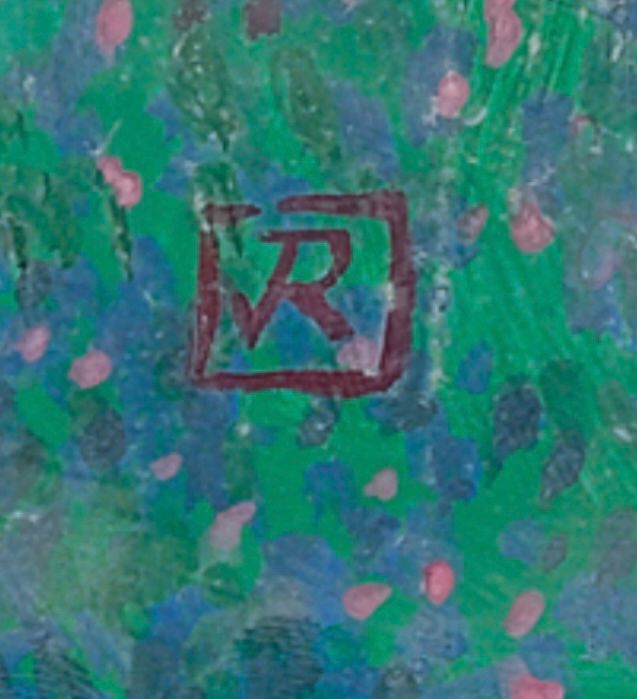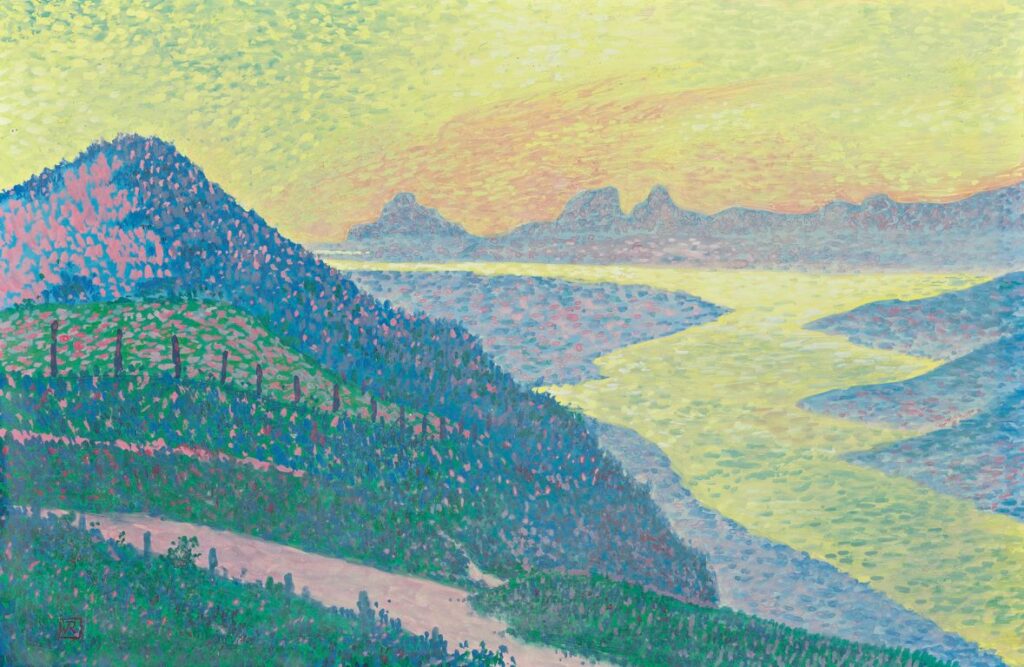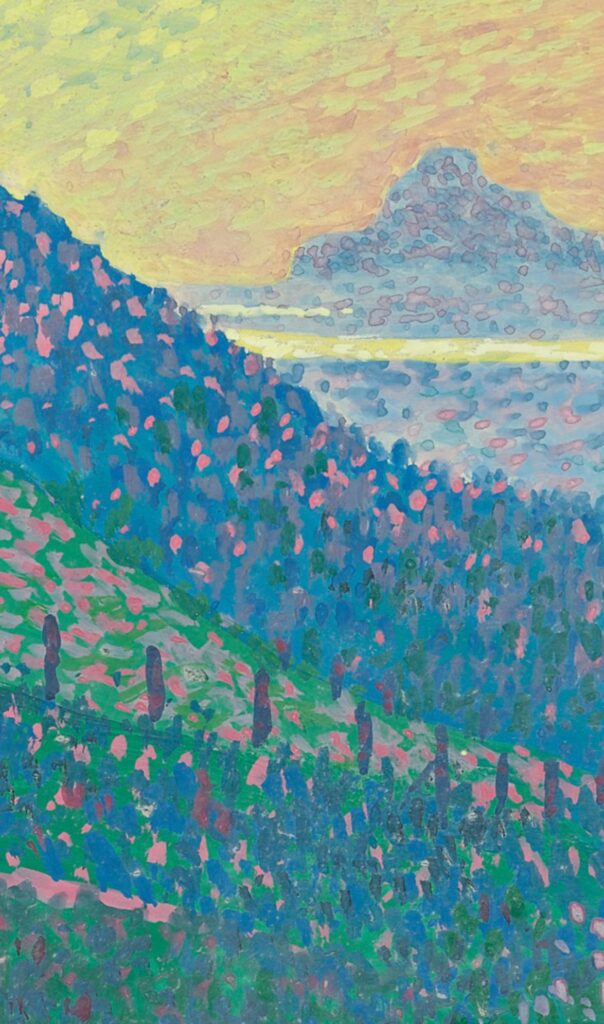Confronted with a work to be analyzed, an artist’s expert calls on more than his or her first, instinctive impression (which in reality is the instantaneous sum of years of research and examination), his or her memory, emotion and the most advanced possible knowledge of the artist, his or her life and works. He will examine the medium used, the support, whether it is customary or not, compatible or not with the work’s supposed creation date, the signature or monogram, any inscriptions on the back of the work, a dedication, any exhibition, transport or provenance labels.


The expert will bring together, in an impartial and objective manner, all the factual and non-factual information that together will lead him or her to form an opinion on the authenticity of a work. Some cases are so complicated, others so simple that one wonders why it’s even necessary to ask the question at all.
Such is the case with this gouache, whose grotesque fake monogram is the first clear sign of a probable deception. Even before analyzing the work’s support, the medium used is a second red flag, since Théo Van Rysselberghe never used gouache to create a work solely in this medium. The situation is known to this day, but there’s always a chance of a discovery. So, here and there, we find rare traces of gouache used as highlights on a few works. Confronted with a fake monogram on a medium that is virtually non-existent in the artist’s known corpus, the expert quickly forms an initial opinion.
When scientific examination of the support reveals a paper that did not yet exist at the time of the work’s supposed creation (1899/1900), the case is heard. Or should be, in an ideal world. Incidentally, this work had no proven history prior to its appearance in 1984 in a Brussels auction room, and its alleged historical references are those of other, authentic works on the same known subject, the coast around Ambleteuse, and actually painted in 1899/1900. It is therefore surprising to find what must be described as a forgery – at least that’s our opinion and conviction – in a publication devoted to the work of Théo Van Rysselberghe published in 2003. Its author considers it authentic, and that’s his right, but it was on this basis alone that it ended up at a public auction in New York at Sotheby’s in May 2006, estimated at $150/200,000. Fortunately, no one believed it or wanted it, since it remained unsold (it was not withdrawn from the sale, but indeed offered at auction, as confirmed by Sotheby’s on 3/6/25), before being returned to its owner, who then managed to deceive the vigilance of a museum curator (Lodève), who had no hesitation in including it in an exhibition devoted to the artist, again on the basis of the 2003 publication. This is regrettable, as mistakes of this kind have unfortunate consequences, as the forgery is reproduced in a book which can then be used to mislead a potential buyer. It would undoubtedly be interesting to know who the buyer was in 1984…
